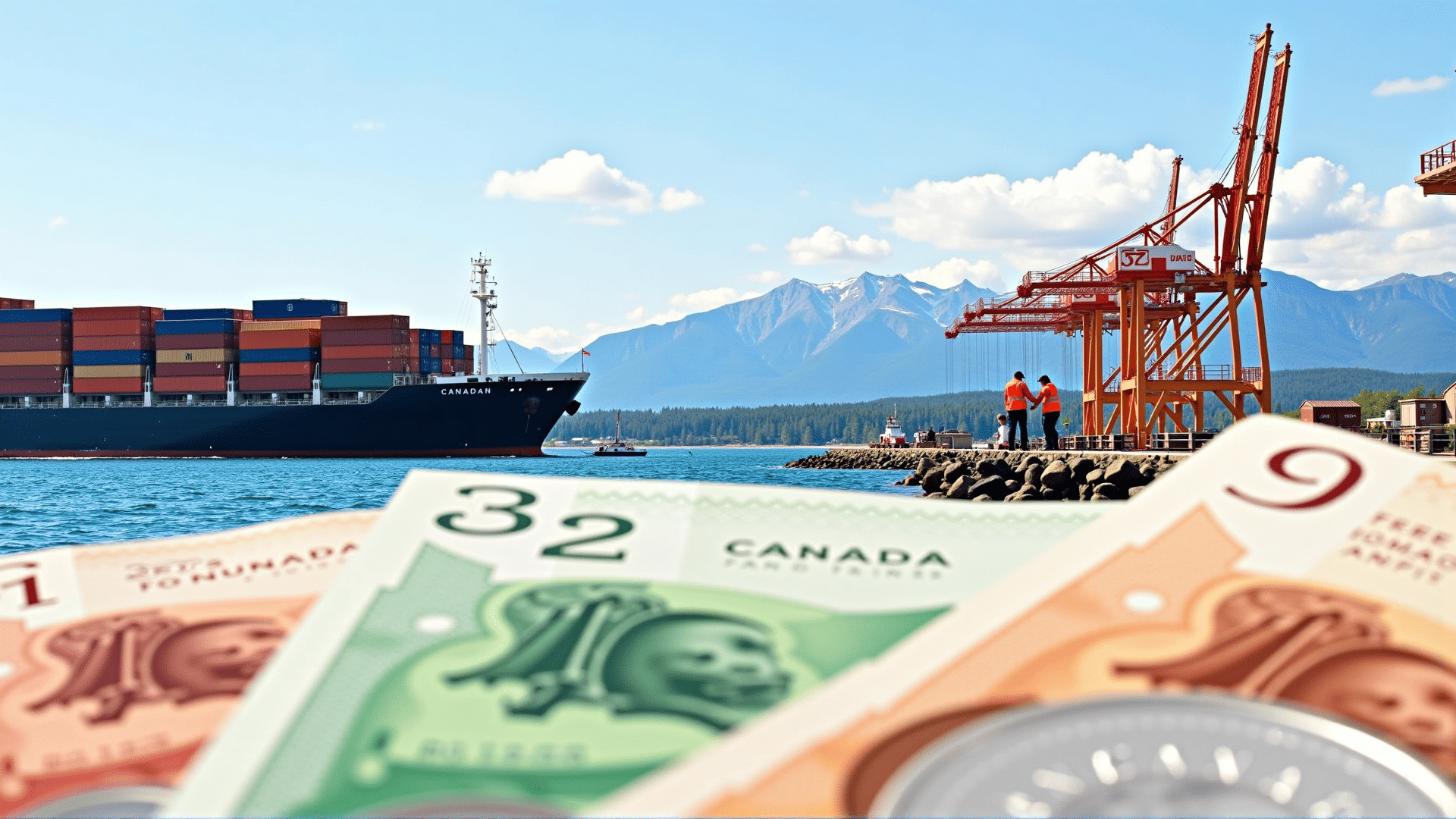Currency and trade have long been pivotal elements in shaping the economic landscape of Canada, influencing its growth, policy-making, and global standing. As one of the largest economies globally, Canada relies on its robust exchange of goods and services and a stable currency to ensure economic resilience and prosperity.
The Canadian dollar, often referred to as the "loonie," plays a crucial role in the nation's economy, serving as a medium of exchange both domestically and internationally. The value of the Canadian dollar in foreign exchange markets is influenced by several factors, including economic indicators, policy decisions, and global market trends. A strengthened Canadian dollar can make exports more costly and imports less expensive, thereby impacting the trade balance. Conversely, a weaker Canadian dollar can stimulate export activities but may lead to pricier imports.
Trade is another significant pillar of Canada's economy, with the nation being one of the top traders in the world. Canada's economic structure is notably tied to its natural resources, advanced industries, and agricultural products. The country maintains trade agreements with numerous nations, enhancing its economic interactions. Such agreements are designed to reduce trade barriers, fostering an environment of mutual benefit and economic growth.
In recent years, Canada has focused on diversifying its trade partnerships, aiming to reduce reliance on any single partner and mitigate risks associated with global uncertainties. This diversification strategy has been instrumental in ensuring the resilience of Canada's trade dynamics, providing a buffer against economic fluctuations that may arise from geopolitical tensions or global market shifts.
Moreover, innovation and technology have begun to play increasingly vital roles in the evolution of Canada's trade. The integration of technology in logistics and supply chain management has streamlined processes, reduced operational costs, and widened market reach for Canadian products and services.
In summary, currency and trade dynamics are integral to shaping Canada's economic landscape. The interplay between the value of the Canadian dollar and the country’s trade activities reflects a complex but balanced economic strategy aimed at maintaining growth, stability, and global engagement. As these dynamics continue to evolve, Canada's ability to adapt to changing global conditions will remain key to its ongoing economic success.
